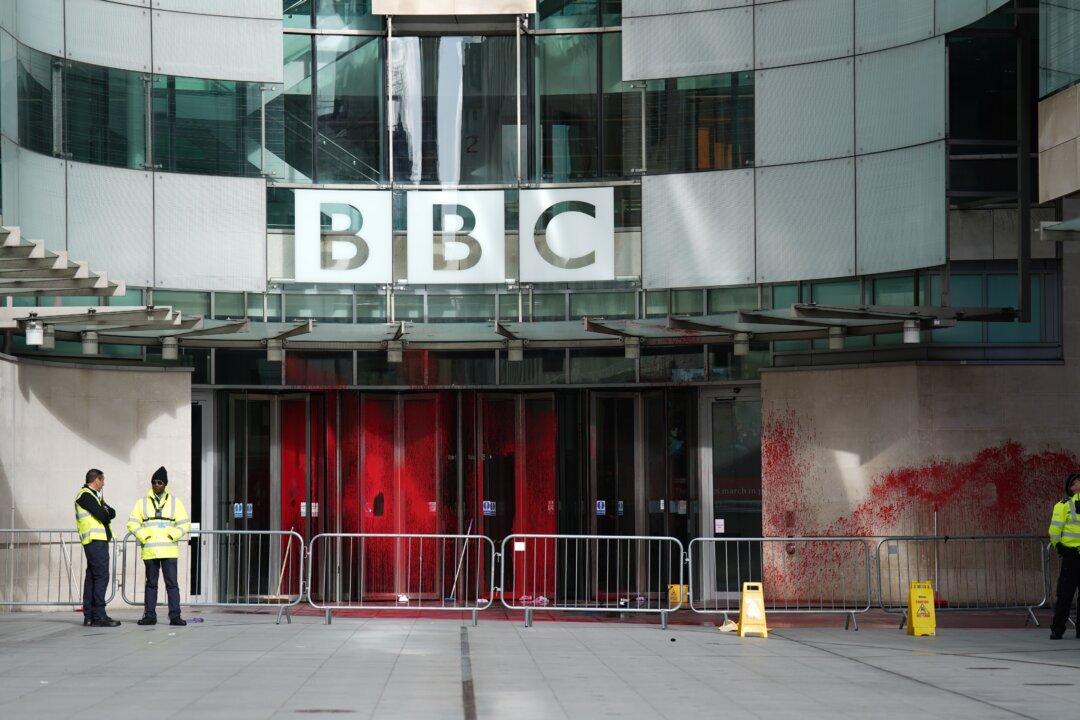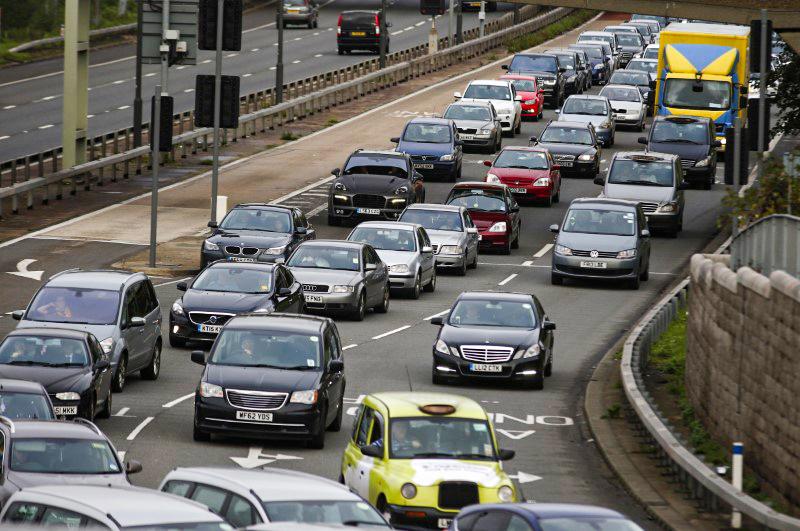More than half of those who claimed asylum in the UK over the last year did not arrive by small boat, figures show.
According to Home Office statistics, of the 97,390 illegal immigrants who made an asylum claim, 54 percent entered the country via air, concealed in lorries, or by other means.





